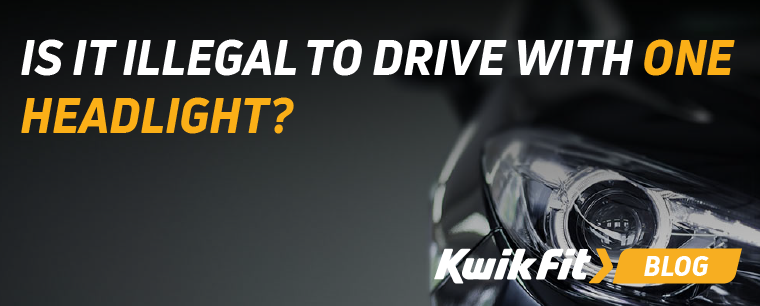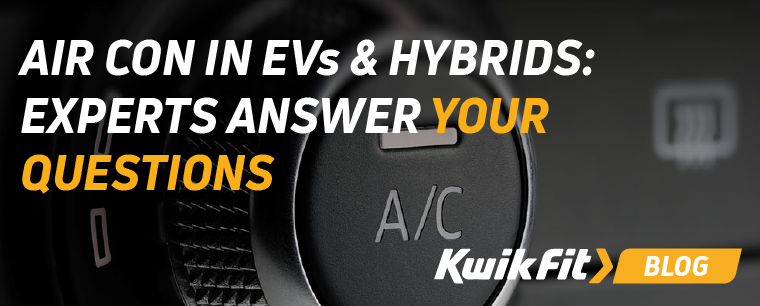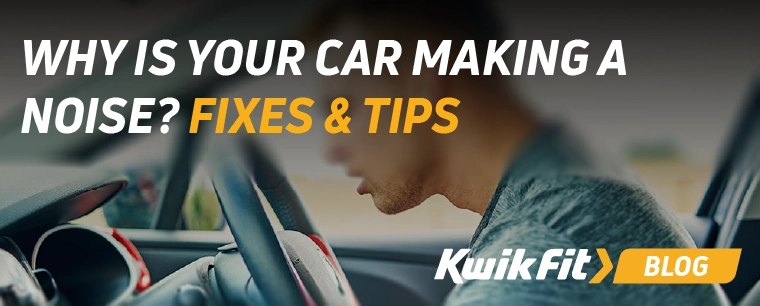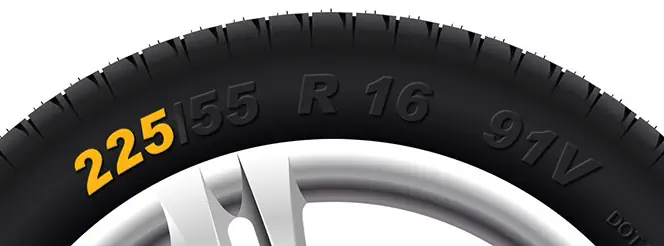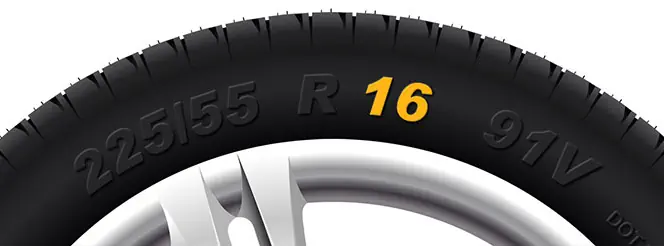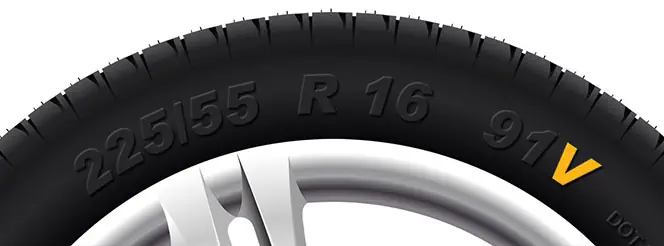What Should You Keep in Your Car?
Kwik Fit | Tuesday 12th August 2025 10:59am

You know what they say: fail to prepare, prepare to fail!
As experienced motorists will know, driving can be an unpredictable activity - one minute thereís a downpour that your windscreen wipers canít handle, the next itís brilliant sun and you can barely see from the glare of the wet road. Ah, British weather.
From hitting potholes and flat tyres to unexpected breakdowns and freak weather, there are plenty of scenarios to prepare yourself for.
So, whether youíre kitting out your new car for the first time or just looking to give your regular runabout a refresh, hereís a list of the items you should keep in your car to prepare for anything.
A note on added weight
Before we begin, itís worth noting that adding extra weight to your car in the form of unnecessary items can reduce your fuel economy.
So, the list below is intended as an exhaustive guide for you to tailor to your carís needs and the time of year. For example, if you drive an electric car, you can skip the petrol can. Likewise, if itís summer, leave out the de-icer, extra layers of clothing, and ice scraper.
Basic tools
If you need to change your tyre at the side of the road or perform another quick fix, carrying a few basic tools is essential:
- Lug wrench
- A wheel nut key (if your wheels have locking wheel nuts)
- Jack
- Chocks
- Multitool
- And, of course, your spare tyre.
Documents
Itís also helpful to keep a few crucial documents in your car. Although youíre not legally required to do so, having certain paperwork with you can come in handy if you are pulled over or get into an accident.
However, there are some documents and sensitive information that you should not leave in your vehicle, in case it is stolen or broken into. Hereís the breakdown:
What documents should you keep in the car?
- A valid insurance certificate
- Your driving licence
- Information about your breakdown cover
- Service book
- Owners manual
What documents should you not keep in the car?
- Your passport
- Any bank statements
- Your V5C
- Personal, sensitive information
Find out more about organising and understanding your carís documents in another one of our blogs.
Essentials for breakdowns
If the worst has happened and your vehicle unexpectedly breaks down, having the right kit in your boot to keep you safe and help manage the situation can make all the difference.
Warning triangle
A collapsible warning triangle is crucial. If you break down in a dangerous spot, the highly visible triangle acts as a warning for approaching drivers to steer clear and slow down.
In the UK, warning triangles should be placed around 45 metres behind your car, to give oncoming traffic ample time to respond to the hazard. Warning triangles are not a legal requirement, but they do help prevent collisions and keep you and your passengers safe, making them a worthy addition to your in-car kit.
High visibility clothing
Similarly, high-vis jackets are crucial for ensuring your and your passengerís safety. If you break down, you should put these on before you leave your car to make a safe exit well behind the barrier. High visibility clothing will come in handy when placing your warning triangle, too.
Jump leads
If your batteryís gone flat, having your own jump leads could save you a costly call-out fee and hours of time waiting for a recovery vehicle from your local garage. Find out how to jump-start your car in our guide.
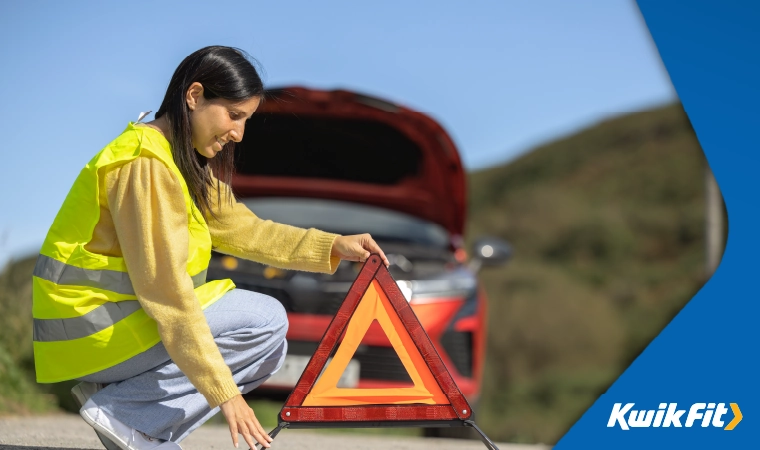
Car maintenance items
If youíre looking to keep up with your carís maintenance, the following items are crucial to have on hand.
Fluids
Sometimes bottles of fluid can be quite heavy. So, you might want to regularly top up your levels and keep the bottles in your garage, instead of having them rolling around in your boot. Though if you have a boot organiser or storage (and a slightly larger car), it canít hurt to carry these with you too.
- Windscreen washer fluid
- Engine oil
- Coolant (Hereís a guide on how to check your coolant levels).
Fuel can or "jerry can"
You may also want to carry an empty fuel can with you in case you run out of fuel.
Items to keep in your car when it's cold
The kit you keep in your car over the colder months will vary significantly from the items youíll want nearby in the summer.
Ice scraper
Avoid frantic scraping with a credit card and keep an ice scraper somewhere reachable.
De-icer
Make frosty mornings easier and keep a can of de-icer tucked away in the door panel.
Extra layers
If your car breaks down when itís cold, youíll thank yourself for packing an extra jumper and/or waterproofs. Even if youíre just driving and itís chilly, itís better to be comfortable.
Items to keep in your car when it's hot
In the summer months, there are a whole host of new hazards that can make driving difficult, from glare from the sun to hay fever!
Water
Traffic jams on scorching days are up there with some of the most unpleasant experiences youíll have as a driver. Having a bottle or two of water in the glove compartment can help prevent dehydration and headaches if youíre stuck in the car for hours on end. Just make sure you donít leave the bottles in the sun for months.
Sunglasses & cap
Speaking of headaches, avoid squinting and relying on the sun visor by making sure you have a pair of sunglasses and a cap to hand, to shade you from the sun.
Hayfever medication
If you suffer from hayfever, driving down country lanes with the windows open is a brave choice. Sneezing while driving is never fun, so an extra blister pack of hayfever medication canít go amiss. Just make sure you opt for the non-drowsy version.
Sensible driving shoes
Summer is beach and flip-flops weather, but these arenít necessarily the best shoes to drive in. So, pack a comfortable pair of trainers and socks to make sure you never have to operate the pedals with sandy feet or slide on shoes, that might slip and cause you to miss the pedal or brake suddenly.
Emergency must-haves
Whatever the weather, itís a good idea to carry the following emergency essentials to make sure you really are ready for anything, from a passenger falling ill to getting stuck in traffic or snow:
- Torch First-aid kit
- Non-perishable food items
- Emergency blankets
- Portable phone charger.
Just-in-case items
Lastly, if youíre keen to make your car the ultimate comfort zone, not leaving anything to chance, these final few items have got you covered (from spare change to cleaning products):
- Umbrella
- Spare change of clothes
- Small amount of cash
- Spare pair of glasses
- Hand sanitiser
- Car bin
- Wet wipes.
Be ready for anything with Kwik Fit
In an ideal world, you wonít need any of the emergency equipment above; your car will run smoothly, and youíll never need to worry about breakdowns.
With regular servicing and vehicle safety checks at Kwik Fit, that ďideal-worldĒ scenario can become a reality. Let our team of experts keep your car in tip-top condition, topping up your fluids, checking your tyres, and keeping an eye on vital components like brakes and engine health.
Get in touch with your local Kwik Fit today to make sure your car is truly ready for anything.
Any facts, figures and prices shown in our blog articles are correct at time of publication.
Featured Articles
Is it Illegal to Drive With One Headlight?
Saturday 19th July 2025
Wondering if itís illegal to drive with one headlight? Learn about the safety risks and penalties of illegal blown bulbs and why you should fix them promptly.
Air Con in EVs & Hybrids: Experts Answer Your Questions
Monday 30th June 2025
Does air con drain EV batteries? Can you use the air con while charging an electric car? Find out the answers to these questions & more from Kwik Fitís experts.
Why Is Your Car Making a Noise? Fixes & Tips
Friday 13th June 2025
When your car starts making unexpected noises, it can certainly be quite disconcerting; it may be nothing to worry about, but hereís what you need to know.


